What you need to know about the SHIP SEIZURE – an Essential Guide by Bogdan Slătineanu, Lawyer specialized in Maritime law.
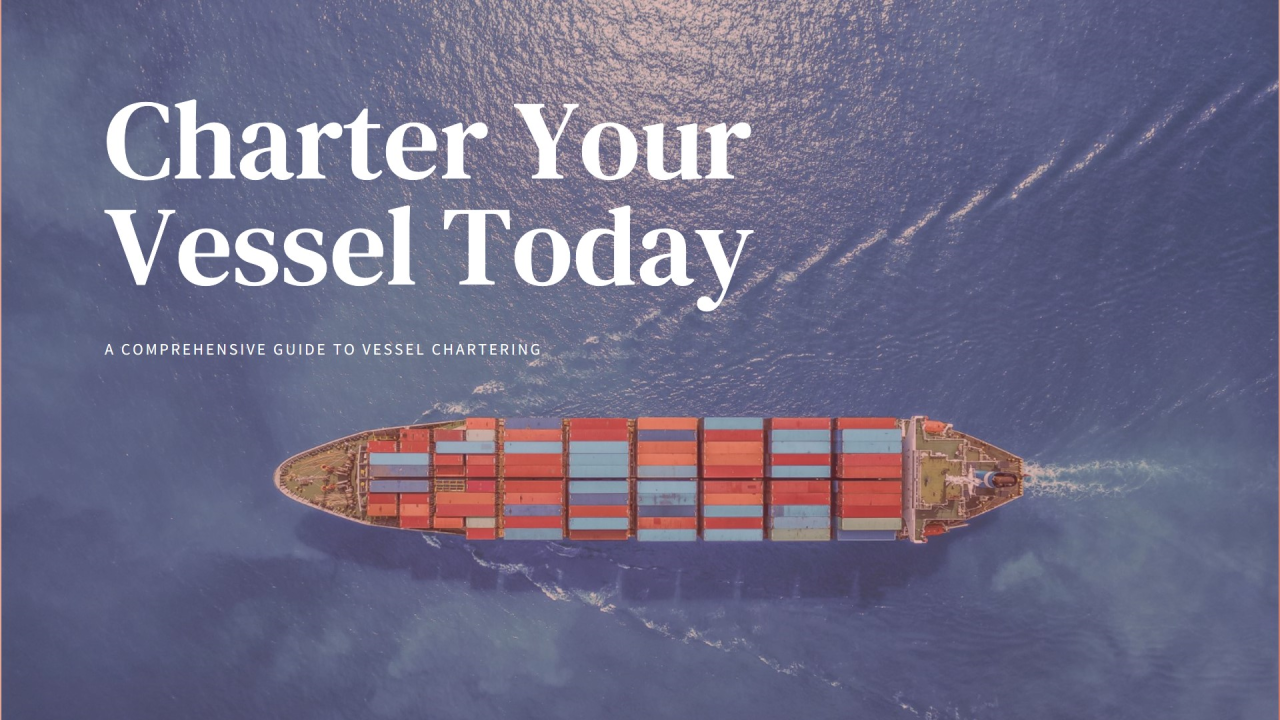
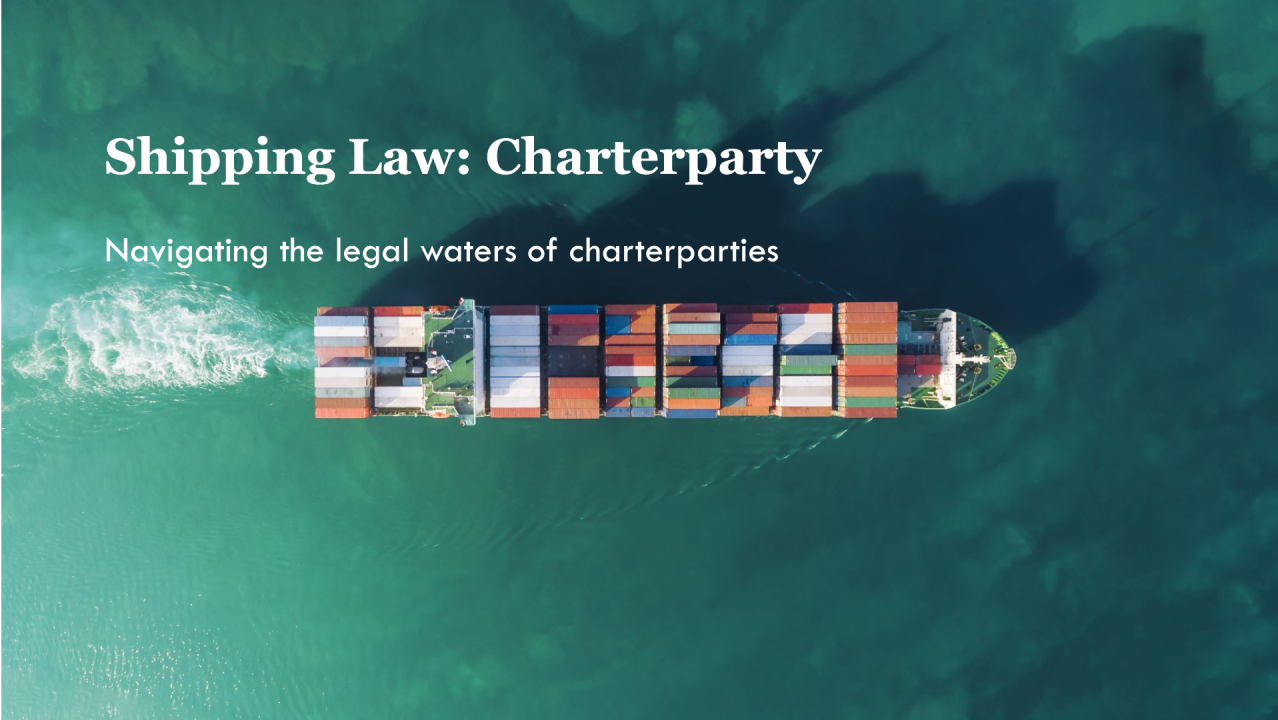
What is ship seizure and when does it apply?
Ship seizure, also known as Ship arrest, is a legal process where a vessel is detained by a court order, typically to secure a maritime claim or address unseaworthiness. This detention prevents the ship from sailing and can be used to pressure the owner into settling debts or addressing deficiencies.
The attachment of a ship is one of the fastest and most effective legal measures used in the maritime field to protect creditors’ rights. However, it is also one of the most delicate procedures, requiring a thorough knowledge of maritime law and timely and precise action.
In this article, I explain what ship attachment means, when and how it is applied, what the legal steps are and what to do if you find yourself in such a situation – either as a claimant or as the shipowner.
Seizure is a temporary precautionary measure whereby a ship is lawfully detained in port at the request of a party claiming a maritime claim. The purpose is to ensure that the ship does not leave the jurisdiction pending the resolution of the dispute.
It is governed by both the Brussels Convention of 1952 and the Geneva Convention of 1999 (to which Romania is a signatory), as well as by the Code of Civil Procedure and applicable national legislation.
How to start the Seizure – Essential steps
– Proof of maritime Claim (contracts, invoices, e-mails, inspection reports);
– identification of the ship (name, IMO, port of registration);
– justification of urgency.
Securing Claims
Ship seizure is a means for creditors to pursue maritime liens (claims against the vessel) such as those for unpaid services, damage to cargo, or collisions.
Addressing Unseaworthiness:
It can also be used to detain a vessel that is deemed unfit to sail, posing a risk to the crew, cargo, or environment.
Preventing Removal:
The primary goal is to prevent the ship from leaving port, thereby preventing the debtor from removing their “pledge” (the vessel) and potentially evading payment.
How it works
- Judicial Process: Ship seizure is initiated through a court order obtained by the claimant.
- On-board Service: A bailiff or other authorized official will serve the order on the captain or operator on board the vessel.
- Custody: The vessel is then placed under the custody of a designated individual or entity, often the bailiff, the captain, or the port authority.
- Immobilization: The arrested ship is prohibited from sailing until the claim is resolved or the deficiencies are addressed.
- Registration: The seizure is typically registered in public records related to the ship.
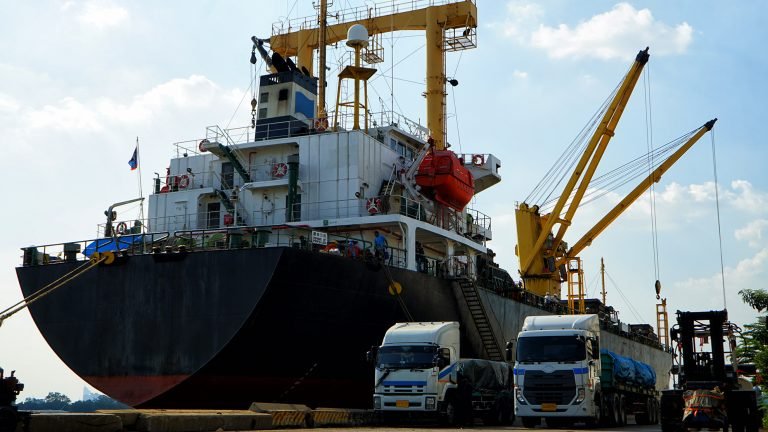
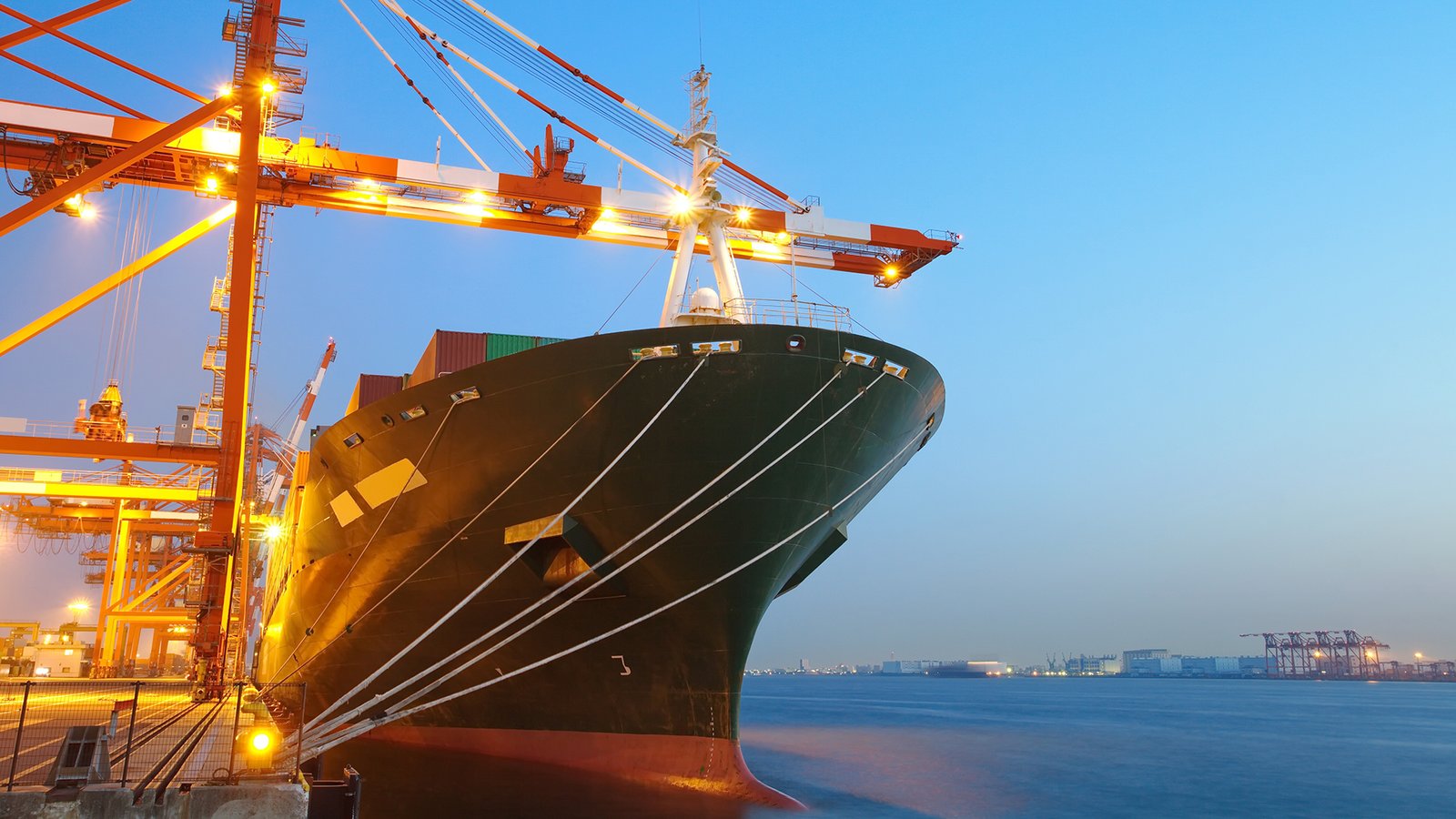
Frequently Asked Questions
Do you offer online consultancy?
What the risks of seizure are - and for whom?
For the shipowner: ships are extremely valuable, and blocking them can lead to huge losses of time and money, lost contracts or even damage to commercial reputation.
For the ship's agent or port operator: failure to comply with the court's decision can lead to civil or criminal liability.
What happens to the information they send you? Is it confidential?
How can Bogdan Slatineanu Law Firm concretely help you in such cases?
I can quickly intervene for:
- assessing the eligibility of the sequestration request;
- drafting and filing the documentation;
representation in court and before port authorities;
- defense in the event of wrongful seizure;
- alternative solutions (guarantees, letters of undertaking, arbitration).
The Bottom Line - Act fast, but be informed!
Need help in a Maritime attachment case?
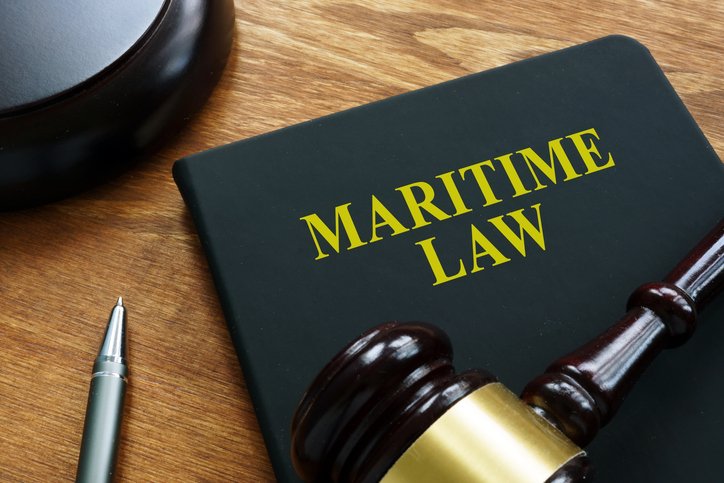
Maritime Claims
- Loss or damages caused by the exploitation of the vessel;
- Death or corporal injuries arising, onshore or offshore, in direct relation to the exploitation of the ship;
- Operations of rescue or assistance, as well as all contracts of rescue or assistance, including, as the case may be, for special indemnity concerning operations of rescue or assistance to a ship which, by itself or by its cargo, was running the risk of causing damage to the environment;
- Damages caused or likely to be caused by the ship to the environment, to the coast or to connected interests; measures are taken to prevent, reduce or eliminate the damages; indemnity for these damages; cost of reasonable measures to repair which was effectively taken or to be taken; Members 43 losses suffered or likely to be suffered by third parties in relation to these damages; and damages, costs or losses of a similar nature to those which are indicated in this item);
- Costs and expenses related to the retrieving, removing, recovery, destruction or neutralization of a sunk, wrecked, grounded, or abandoned ship, including all that is found or was found on board the ship, and costs and expenses related to the conservation of an abandoned ship and the upkeep of its crew;
- Every contract related to the use or hire of a ship by chartering or otherwise;
- Every contract related to the transportation of goods or passengers by ship, by chartering, or otherwise;
- Losses or damages suffered by, or in relation to, goods, including luggage transported by the ship;
- General average;
- Towing or piloting of a ship;
- Goods, materials, supplies, oil-fuel tank, equipment, including containers supplied or services rendered to the ship for its exploitation, management, its conservation, or its maintenance;
- Construction, reconstruction, repairs, transformation, or equipment of a ship;
- Port, canal, dock (dry-dock), anchoring, and inland waterways duties and fees;
- Wages and other sums of money payable to the captain, naval officers, and other crew members, by virtue of their engagement on the ship, including repatriation fees and social insurance contributions payable on their behalf;
- Payments made on behalf of the ship or its owners;
- Insurance premiums, including annual insurance contributions, in relation to the ship, payable by the owner of the ship or by the charterer by devolution or on their behalf;
- Agency fees or brokerage commissions or other in relation to the ship, payable by the owner of the ship or by the charterer by devolution or on their behalf;
- Every dispute arising from the ownership or possession of a ship;
- Every dispute between the co-owners of a ship in relation to its exploitation or the right to the proceeds of exploitation of the ship;
- Mortgage or rights of a similar nature over a ship;


